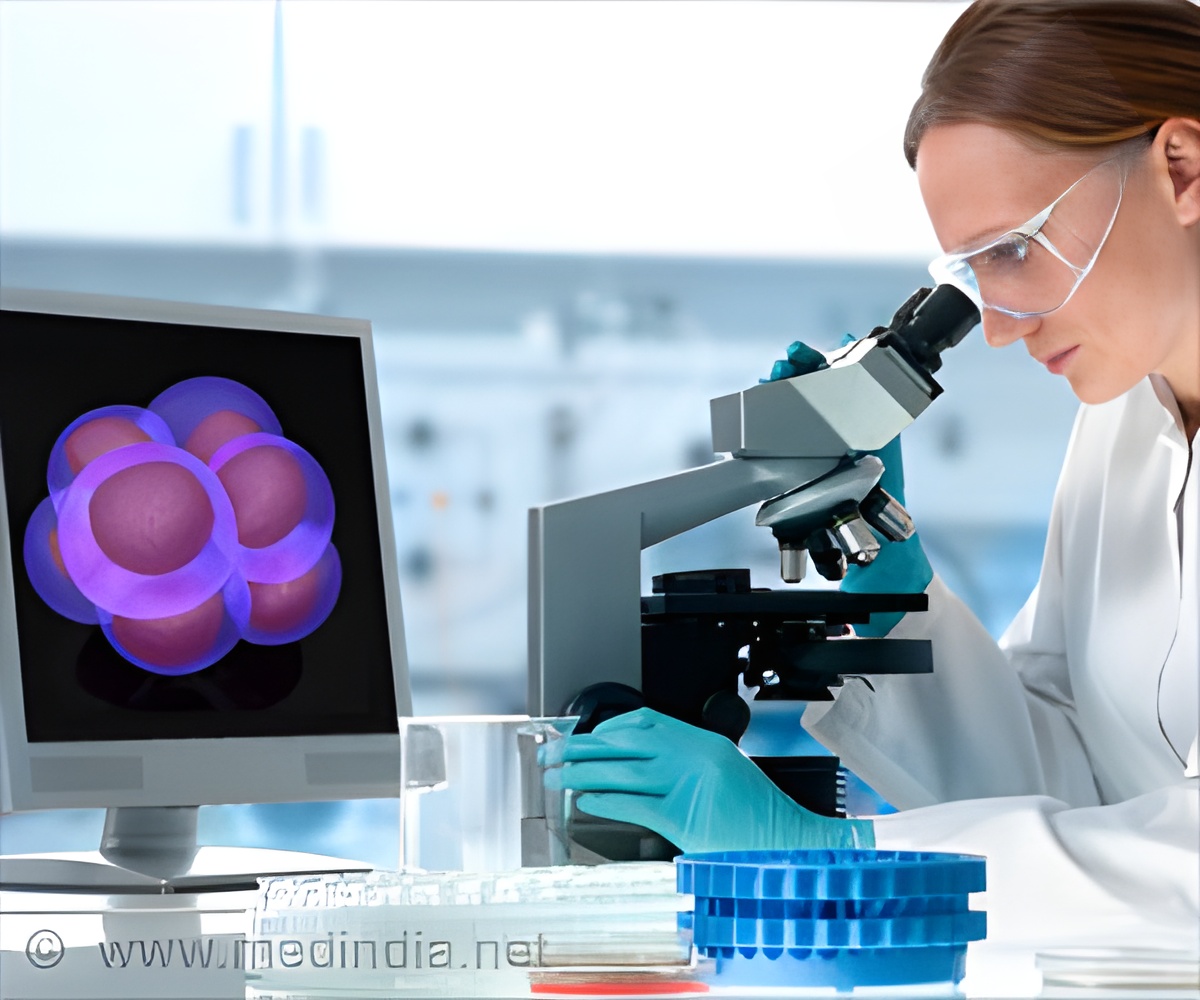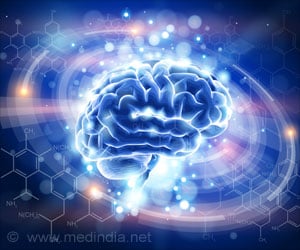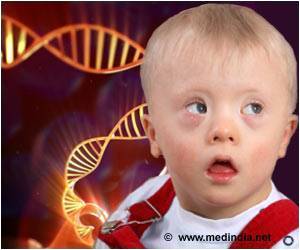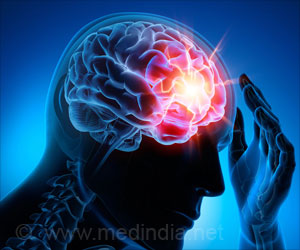New organoid model that has been developed using stem cells from affected patients offers new therapeutic hope for Fukuyama's congenital muscular dystrophy-related brain defects.

TOP INSIGHT
New organoid model that has been developed using stem cells from affected patients offers new therapeutic hope for Fukuyama's congenital muscular dystrophy-related brain defects.
The present study was a breakthrough point where scientists developed the first human disease model of FCMD using stem cells from a patient with FCMD. The study also described the effectiveness of a small compound called Mannan-007 (Mn007) in reducing FCMD-related defects in this model.
Brain Organoids
The brain organoids successfully mimicked the features of FCMD, including the low levels of αDG glycosylation. It was also shown that impairments in neuronal migration (a crucial process for normal brain development) —owing to a disorganized arrangement of guiding cells called radial glia.
“Using a brain organoid model derived from pluripotent stem cells, we showed the restoration of defects in the radial architecture of neurons and cortical plate organization of Fukuyama muscular dystrophy. Because of gene mutations, the multi-step process of αDG glycosylation is impaired in FCMD. We hypothesized that the addition of a molecule like Mn007 that can promote αDG glycosylation would rescue the defects observed in FCMD,” says Prof. Takashi Aoi from Kobe University, who collaborated with Dr. Taniguchi-Ikeda on this study.
Overall, the findings of this study are an important landmark in the quest to tackle diseases like FCMD. However, the study shed light on the future of therapies targeting FCMD and other related diseases.
 MEDINDIA
MEDINDIA




 Email
Email








